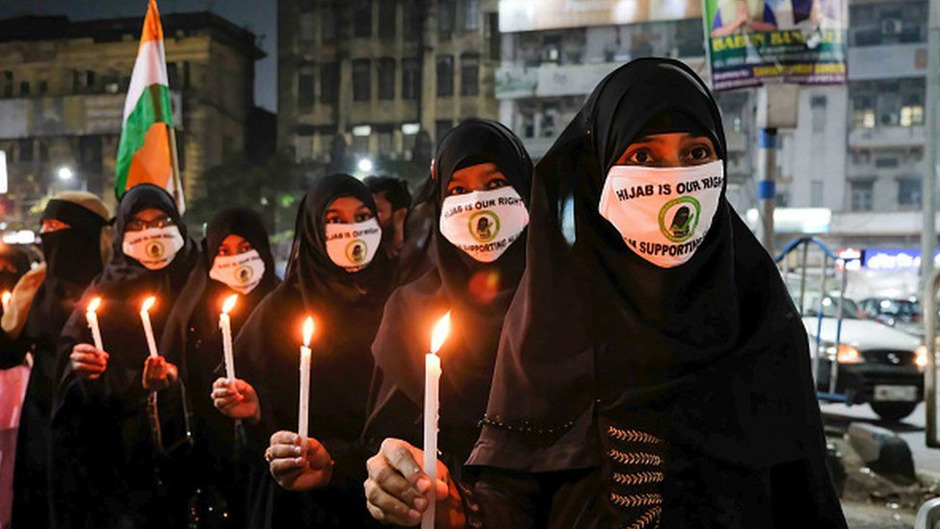An FIR was registered against some Muslim students by the parents of a grade 11 student named Shubham as he was abused over wearing a tilak on the Tuesday of this week. This is a case of a violent ethnic clash between the Hindu and Muslim communities in India. The impact was such that almost 500 people from both communities gathered outside the school premises. This happened when the parents of these students also joined in, further escalating the already existing tension and violence.
The Muslim students raised objection against Shubham, the student who was assaulted, for wearing a tilak on his forehead which he was forced to remove or else he would face dire consequences. In order to show support, many students were observed wearing tilak that resulted in a disagreement. The principal was then forced to step in and try to pacify the situation. It was reported that a group of eight boys belonging to the Muslim community were responsible for threatening Shubham. The former forcibly even removed the tilak along with asking him and his family to convert their religion to Islam.
In light of this incident, BJP leader Jay Ahuja warned of protests if adequate and fair actions were not going to be taken by the police to provide justice to the student and his family.
Another case of violent ethnic clashes in India

Last year, India witnessed violent clashes and protests over the Hijab ban that occurred in Udupi, Karnataka. Few female Muslim students of a government college were denied entry to the college premises in January on the basis that a hijab is against the required uniform that is to be worn by the students. The matter was then taken to the court by the students after their principal had refused to grant them the permission to wear these headscarves.
The court gave the judgement that wearing the hijab was not considered as the essential religious practice of Islam and banning the same does not count as violating any of the fundamental rights. This judgement sparked controversies and protests across the state that also gave rise to the fear of oppressing the minority groups of India by violating the right to practice their respective religion (Article 25-28 in the Indian constitution) and of depriving the Muslim girls of receiving education (Article 21-A in the Indian constitution) in the country. On the other hand, the conservative Hindu groups demanded that they must be allowed to wear saffron scarves if hijab was going to be allowed in the classroom.













